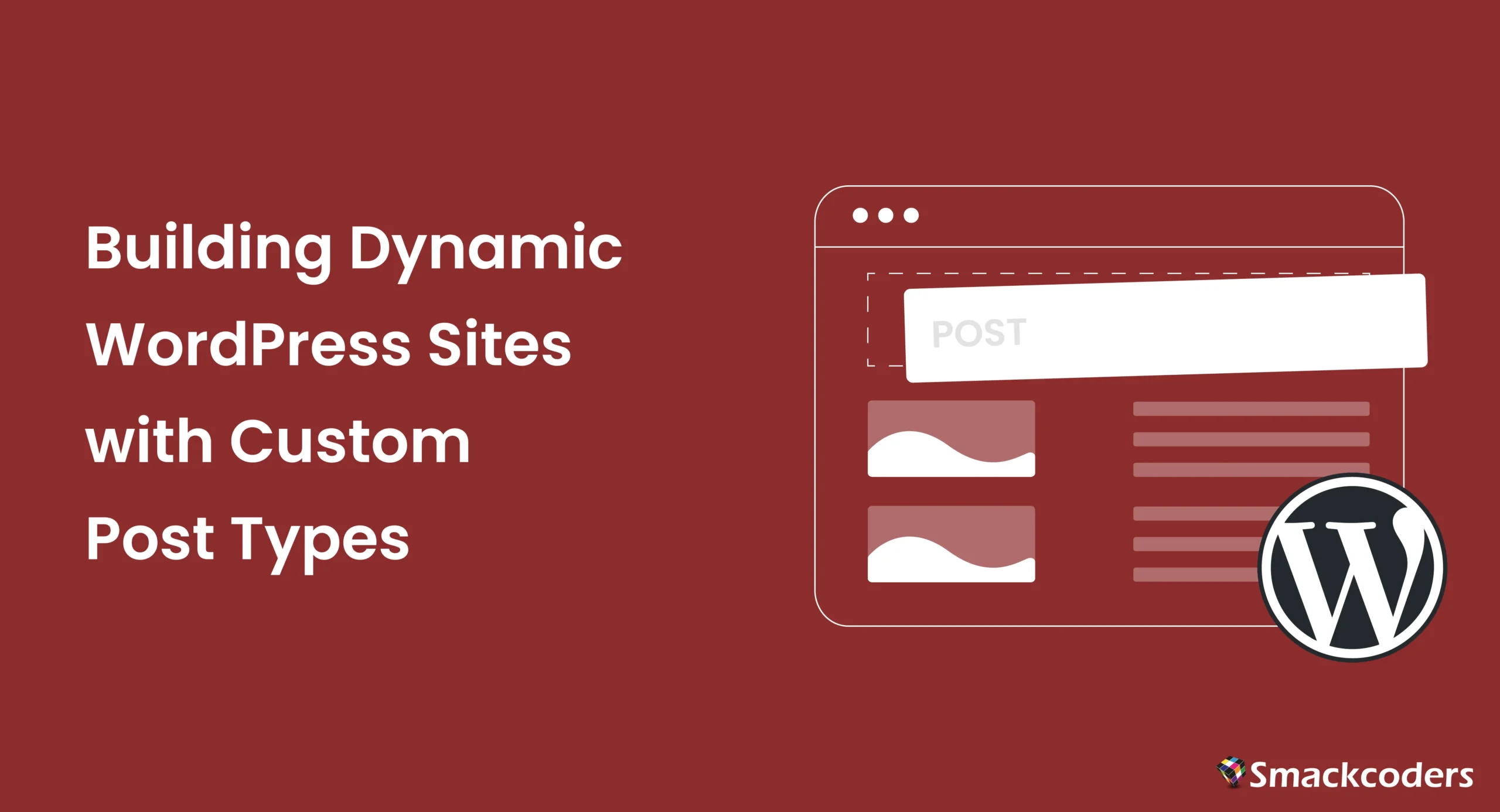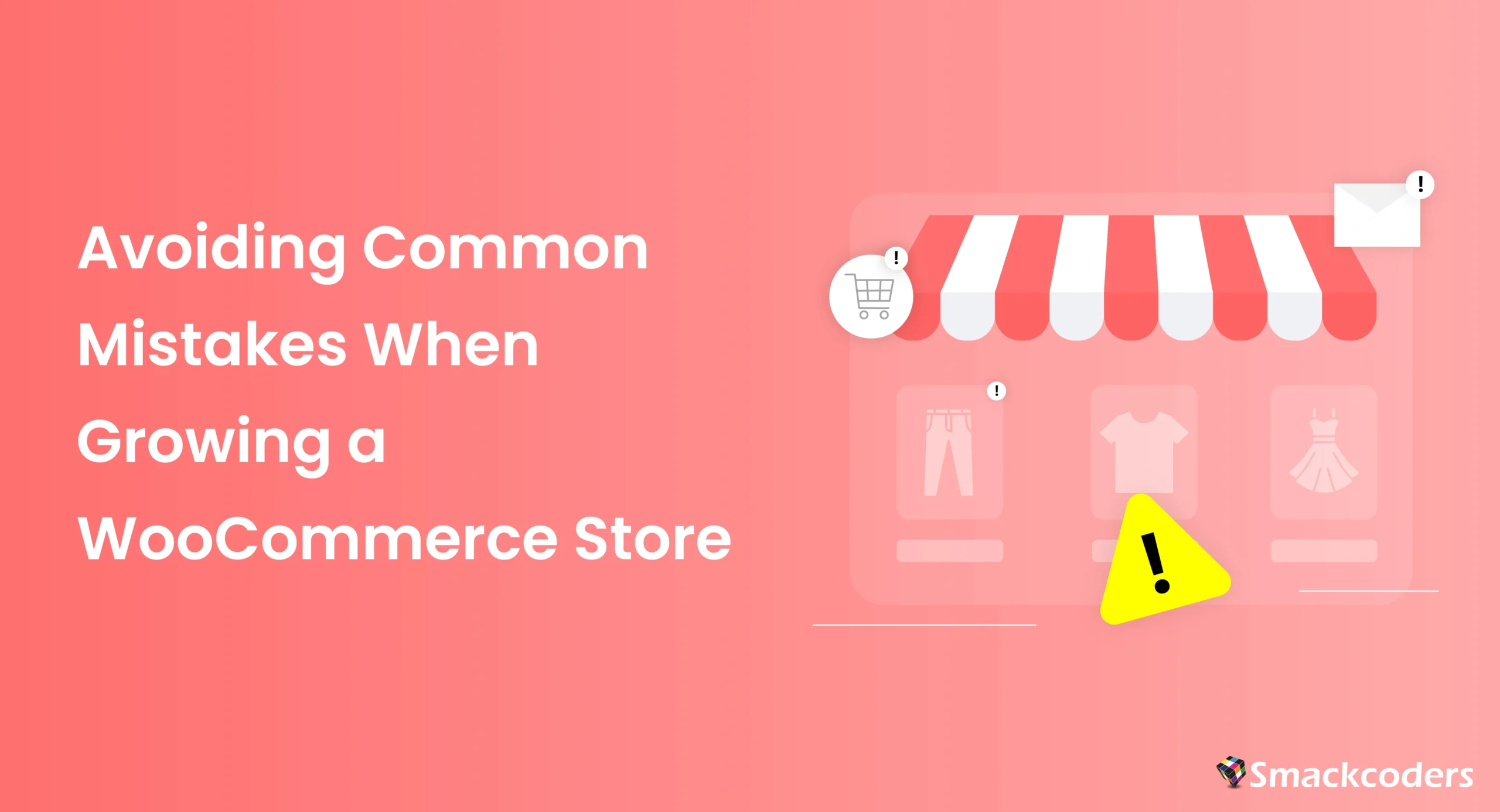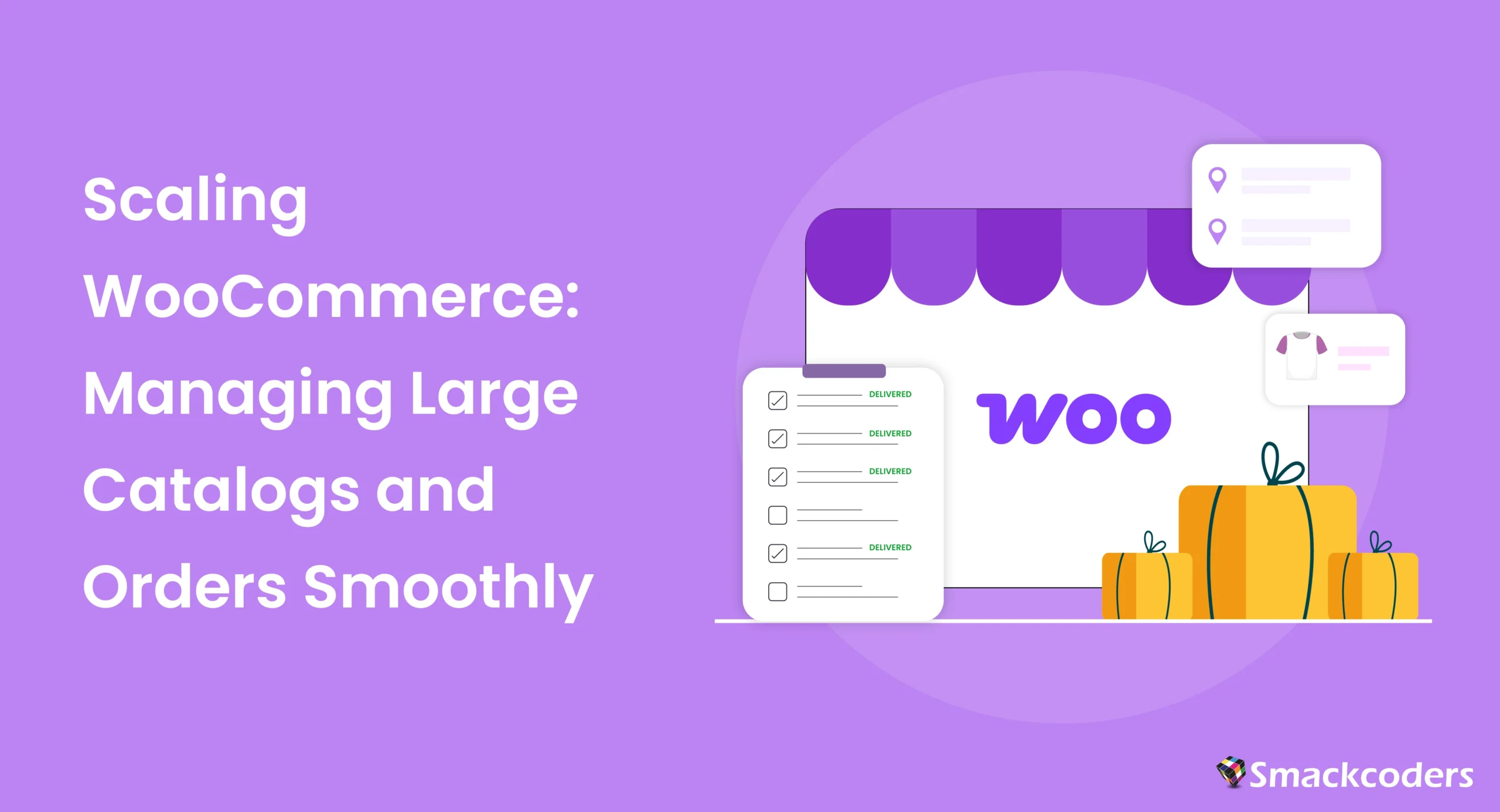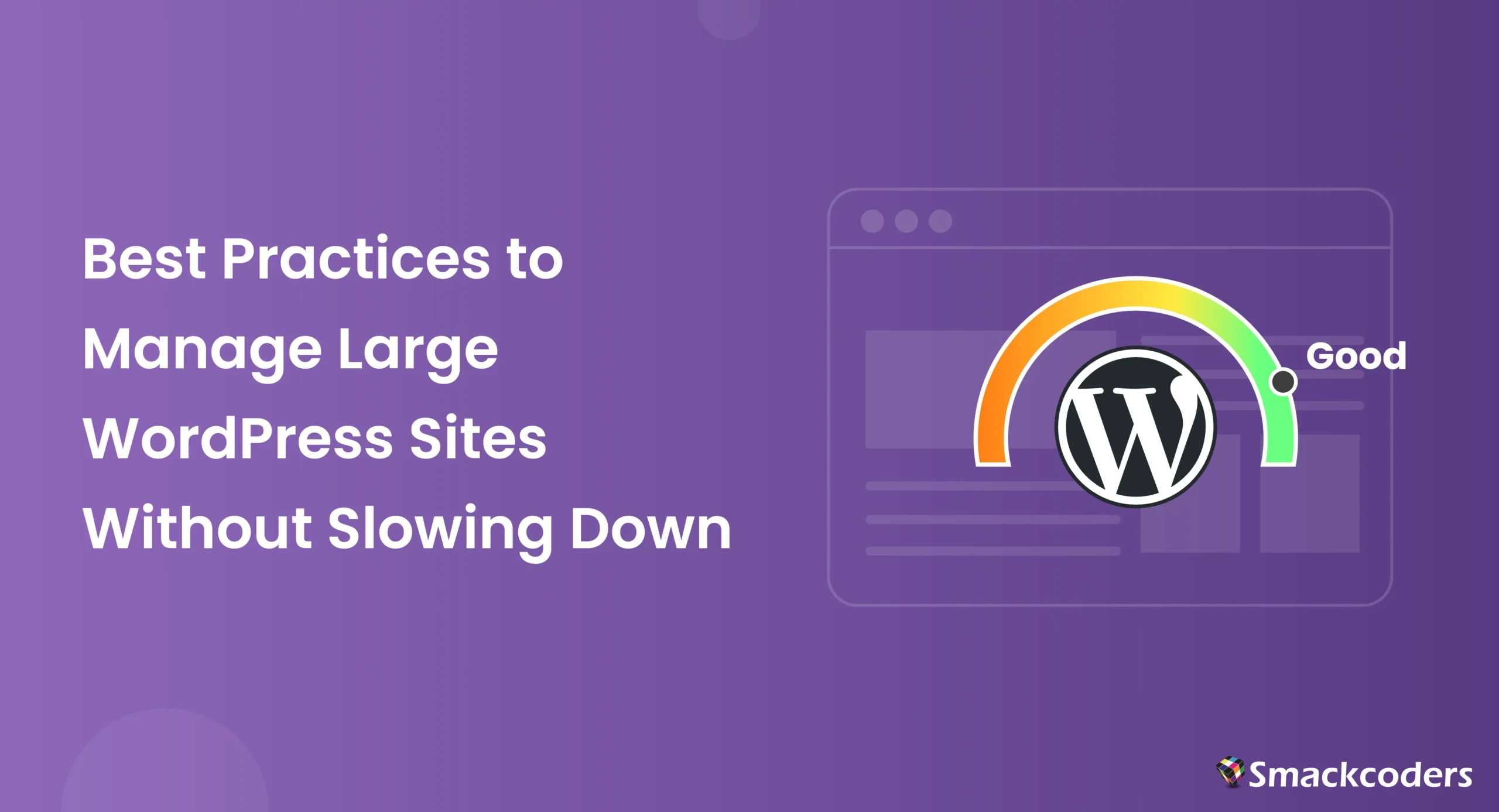Complete WordPress Guide & Tutorials

WordPress Security Best Practices for Data-Heavy Sites
Your WordPress website isn’t just a digital presence; it’s the foundation of your brand’s operations. It stores customer details, payment records, and critical content assets that drive your business every day. As your database grows and your site traffic increases, so does your exposure to potential security threats. From malware attacks and brute-force logins to database breaches and downtime, a single vulnerability can compromise sensitive information and damage your credibility. For high-traffic or data-driven WordPress sites, even minor oversights such as outdated plugins or weak credentials can create major security gaps. Investing in proper security isn’t optional anymore. It’s the difference between a stable, scalable business and one that risks costly disruptions. In this complete guide, you’ll learn how to secure, monitor, and optimize large-scale WordPress environments using proven strategies, trusted tools, and actionable best practices that align with security standards. How to Secure Data-Heavy WordPress Sites | WordPress Security Best Practices 1. Start with a Secure Hosting Foundation Your hosting environment forms the backbone of your website’s security. For data-heavy WordPress sites, shared hosting simply isn’t enough; you need a server optimized for high performance, uptime, and proactive protection. A secure WordPress hosting setup ensures that threats are mitigated at the server level, long before they reach your website. Managed WordPress hosting solutions come with built-in security layers, automatic updates, and real-time monitoring, giving you both speed and safety. Best Practices Choose Managed WordPress HostingGo for a reliable managed WordPress host that provides built-in SSL certificates, automatic daily backups, and real-time malware scans. Hosting platforms like WP Engine, Kinsta, and Cloudways ensure your site stays fast, stable, and protected even during heavy traffic. Enable DDoS Protection and FirewallsAdd an extra layer of security with DDoS protection and Web Application Firewalls (WAF). These tools stop harmful traffic before it hits

Building Dynamic WordPress Sites with Custom Post Types (Step-by-Step Guide)
What Makes a WordPress Site Dynamic? If you’ve ever felt your WordPress site looks too “static,” you’re not alone. Most sites rely on Posts and Pages, which are fine for blogs or simple websites, but limiting when you need something more structured. That’s where Custom Post Types (CPTs) come in. They allow you to organize content beyond the default setup. Want to showcase your projects, display team members, list real estate properties, or run a course library? All that becomes effortless once you use CPTs. In short, Custom Post Types transform WordPress from a blogging platform into a true Content Management System (CMS). They help you manage different kinds of data independently, each with its own fields, taxonomies, and templates. When you start using CPTs, you move from “just another website” to a dynamic WordPress site that’s organized, scalable, and easy to maintain. Before we jump into the technical parts, here’s what this guide will walk you through step by step, in plain English. Whether you’re a developer or someone who just wants a more flexible website, you’ll find clear answers and practical examples. By the end, you’ll know exactly how to build a dynamic WordPress site that’s flexible, scalable, and SEO-friendly. How to Create a Custom Post Type in WordPress Creating a Custom Post Type (CPT) in WordPress isn’t complicated; you just need the right approach for your skill level. There are proven methods, and both can deliver powerful results depending on how comfortable you are with code. Creating Custom Post Types with Plugins (No-Code Method) If you want to build a dynamic WordPress site without diving into code, you’re going to love this part. Plugins like JetEngine, Meta Box, and Advanced Custom Fields (ACF) can do all the heavy lifting; you just point, click, and create. Think of

Avoid Common WooCommerce Store Mistakes While Growing Your Business
With just a few clicks, anyone can set up a professional-looking store, upload products, and start selling worldwide now. WooCommerce, the platform’s flexibility and integration options for building an online store, make it the top choice for entrepreneurs who want full control over their eCommerce journey. However, while launching a WooCommerce store is simple, scaling it successfully is a different challenge entirely. Many store owners experience the early excitement of sales only to find that their websites become slower, cluttered, and harder to manage as they grow. Small technical issues can quickly turn into big problems if not handled strategically. Quick Overview Before diving deep, here’s a quick look at what we are going to see in this blog ‘the key mistakes to avoid’: Fixing these early helps you build a WooCommerce store that grows smoothly and sustainably. Let’s explore the most common mistakes to avoid, and how you can grow your store the smart way. How to Avoid Common WooCommerce Store Mistakes When Growing Up Growing a WooCommerce store successfully isn’t about doing everything at once; it’s about doing the right things consistently. Many store owners unknowingly slow their progress by repeating common mistakes that affect speed, security, and long-term performance. Let’s explore how to avoid these pitfalls with the right tools, strategies, and professional habits that lead to sustainable growth. Neglecting Website Speed and Performance Speed is one of the most important growth factors for any WooCommerce store. A slow-loading website frustrates customers and drives them away before checkout. Research shows that even a one-second delay can lead to lower conversions and decreased trust. The usual culprits are oversized images, excessive plugins, and unreliable hosting. To improve site performance, use caching and image compression tools that reduce load time without sacrificing quality. Plugins such as WP Rocket, LiteSpeed

Scaling WooCommerce: Managing Large Catalogs and Orders Smoothly
Scaling WooCommerce means building your online store so it can grow without slowing down or breaking. As your business attracts more visitors, adds more products, and receives more orders, your WooCommerce setup must stay stable, fast, and efficient. Think of it like upgrading from a small local store to a big hopping mall; you need stronger infrastructure, more staff, and smoother systems. In the digital world, that means optimizing your database, hosting, caching, and automation. Why is scaling so important? Because every second counts in eCommerce. A slow page or failed checkout during peak hours can instantly lead to lost sales and poor customer trust. Common issues faced by growing stores include: Scaling WooCommerce is not about adding expensive tools; it’s about preparing your store to handle success. Understanding WooCommerce Scaling Challenges Before you can scale WooCommerce smoothly, it’s crucial to understand why most stores struggle when they grow. WooCommerce is built on WordPress, a powerful and flexible system, but it’s not automatically optimized for handling tens of thousands of products or heavy traffic spikes. Here are the most common scaling challenges store owners face: 1. Database Overload WooCommerce stores every product, order, and customer detail in the same database. As your catalog expands, the database becomes heavier, causing slow queries, delayed search results, and lagging dashboards. 2. Slow Page Loads Large image files, too many plugins, and unoptimized scripts can make pages load painfully slow. In eCommerce, a 1-second delay can reduce conversions by up to 7%, so performance directly affects revenue. Read our guide on how to safely clean and update outdated WordPress plugins to maintain a risk-free site. 3. Plugin Conflicts Not all plugins are built for large stores. Using incompatible or poorly coded extensions can cause server crashes, checkout errors, or duplicate data, especially during high-traffic

A Complete WordPress Security Checklist Guide
Imagine opening your website one morning and instead of your homepage, you see a red “Hacked!” warning. Your blog posts, client data, and brand reputation are gone overnight. It’s a nightmare scenario that’s become increasingly common. With over 43.6% of websites built on WordPress, the platform’s popularity has also made it a prime target for cybercriminals. According to cybersecurity reports, tens of thousands of WordPress sites are compromised every week due to outdated plugins, weak passwords, or insecure hosting environments. The good news? Protecting your WordPress site doesn’t require deep technical skills. All you need is a solid strategy, a bit of consistency, and the right set of tools. This guide walks you through a complete, actionable WordPress security checklist covering essential settings, must-have plugins, and advanced tips to help you stay one step ahead of hackers. WordPress Security Checklist: 6 Essential Steps for Every Website 1. Keep Everything Updated Keeping your WordPress installation, themes, and plugins updated is the foundation of website security. Outdated software is the most common cause of hacked sites. When developers discover vulnerabilities, they release updates to fix them, but if you delay those updates, attackers can exploit the same flaws. Every outdated component becomes a potential entry point for malware, phishing scripts, or unauthorized access. By simply staying current, you automatically block thousands of known exploits that hackers rely on. How to Resolve It Quickly Start by checking your WordPress dashboard regularly. Go to Dashboard → Updates, you’ll see a list of components that need attention, including plugins, themes, and the WordPress core. Click “Update Now” to apply new versions. It’s wise to enable automatic updates for minor releases since these often contain essential security patches. If you manage multiple websites, schedule a weekly update routine or use a management tool to handle it

Best Practices to Manage Large WordPress Sites Without Slowing Down
Joe started his website as a small blog where he shared insights about digital marketing. Over time, his content gained traction, and what began as a simple project turned into a massive website with thousands of posts, images, and daily visitors. Everything looked great until one day his site began loading painfully slowly. Pages took forever to open, plugins conflicted, and even minor updates caused downtime. Joe realized he had outgrown his original setup. Managing a large WordPress site isn’t just about publishing content; it’s about keeping it fast, stable, and efficient as it scales. If you’re like Joe, running a growing website that’s beginning to feel sluggish, you’re not alone. Many WordPress users face the same challenge as their sites expand. The positive side is that, with the right practices and optimizations, you can manage even a massive WordPress site without compromising performance. Let’s explore the proven methods to make your WordPress installation run like a finely tuned machine, no matter how big it gets. Avoid a large WordPress website from slowing down Choose a Good WordPress Host The performance of a large WordPress site begins with its hosting environment. When your website grows in traffic and content, shared hosting plans can no longer provide enough server resources to handle the load. Poor hosting often results in slow loading times, timeouts, and limited scalability. A high-quality host ensures your site performs consistently, even during peak traffic hours. Best Practice Invest in managed WordPress hosting or a VPS plan designed for scalability. Look for SSD storage, dedicated RAM, automated backups, and server-level caching. A good host should also support the latest PHP version and provide a staging environment for testing updates safely. Before committing, check for uptime guarantees and responsive customer support; both are vital for large-scale operations. Tool to
